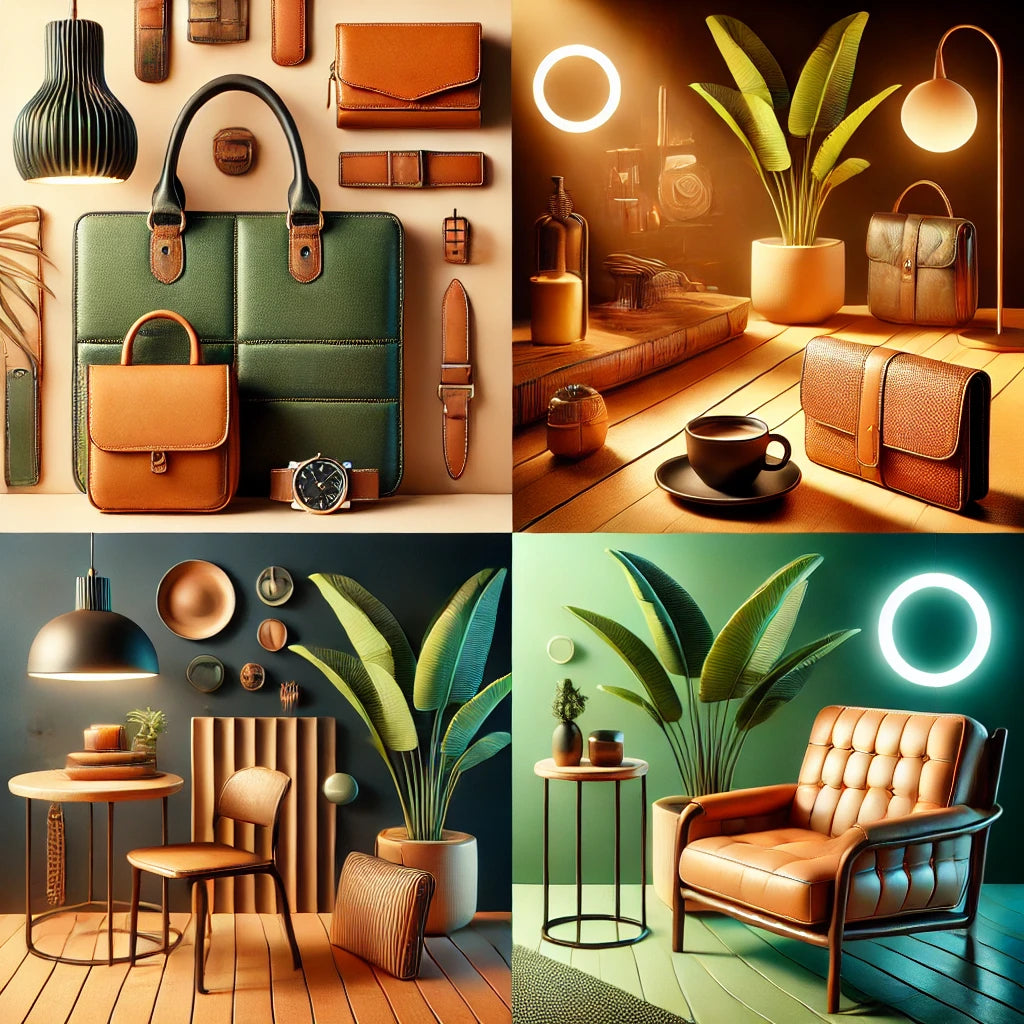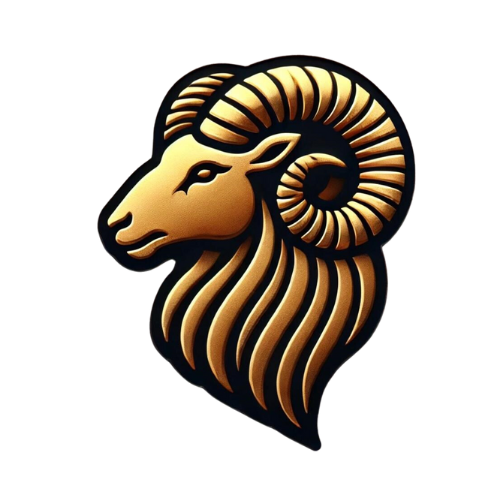
Leather Goods That Will Likely Trend in 2025
Share
"Leather is a material that tells stories—of heritage, craftsmanship, and innovation." This timeless quote from a leather artisan perfectly encapsulates what makes leather goods so appealing. For centuries, leather has been synonymous with quality and luxury. But in 2025, leather is not just about tradition; it’s about evolution. The leather industry is on the cusp of major shifts—in style, sustainability, and technology.
Let’s set the scene. The global leather goods market is projected to grow to over $700 billion by 2030. That’s right—billions. This means staying ahead of trends is no longer optional for manufacturers and retailers; it’s a necessity. What does this mean for you, the business owner or discerning consumer? It’s simple: knowing what’s coming can position you as a leader, not a follower.
In this article, we’ll explore the leather goods likely to trend in 2025. From sustainability innovations to bold aesthetics and tech-integrated designs, this isn’t just a prediction—it’s a roadmap for what’s next. Whether you’re in manufacturing, retail, or just love leather, you’re in the right place. Let’s dive into the future of leather.
1. Sustainability Takes Center Stage
Sustainability is no longer a buzzword; it’s a business imperative. In 2025, eco-conscious consumers will demand more from leather manufacturers. This includes sourcing leather responsibly, reducing waste, and utilizing biodegradable tanning methods.
What to Watch:
-
Vegan and Bio-Based Leather: Lab-grown leather and plant-based alternatives are gaining traction. Materials like mushroom leather (mycelium) and cactus leather offer a sustainable yet durable solution.
-
Circular Economy Practices: Brands are embracing recycling and upcycling. Expect more initiatives where old leather goods are refurbished into new products.
-
Transparency: Blockchain technology is being used to track leather’s journey from farm to factory, ensuring ethical practices.
For businesses, adopting these trends isn’t optional. It’s the key to staying competitive.
2. Functional Yet Stylish Accessories
Leather accessories are evolving to meet modern needs. Consumers want items that blend functionality with aesthetics, and 2025 will see a surge in multi-purpose designs.
Trends to Expect:
-
Tech-Integrated Wallets and Bags: Think leather wallets with RFID-blocking technology or bags with built-in wireless charging.
-
Convertible Designs: Bags that can transform from backpacks to tote bags will cater to urban professionals and travelers.
-
Compact Luxury: Smaller leather goods like mini bags and cardholders are gaining popularity for their practicality and chic appearance.
Manufacturers should focus on versatility and innovation to capture this growing market.
3. Bold Aesthetics and Customization
In 2025, leather goods will be a canvas for self-expression. Bold colors, patterns, and personalized designs will dominate.
Key Highlights:
-
Vivid Colors: Move over, neutral tones. Vibrant reds, electric blues, and metallic finishes will make leather products stand out.
-
Embossing and Monograms: Customization options like initials, logos, or unique patterns will give consumers a sense of ownership.
-
Artistic Collaborations: Partnerships between leather brands and artists will create limited-edition statement pieces.
For retailers, offering customization services could be a game-changer.
4. Leather in Home Décor
Leather is making its way into living spaces. From furniture to decorative accents, 2025 will see a resurgence of leather in interior design.
Popular Trends:
-
Sleek Furniture: Leather sofas, chairs, and ottomans with minimalist designs will appeal to modern homeowners.
-
Sustainable Home Goods: Items like recycled leather rugs and eco-friendly cushions will cater to green-minded consumers.
-
Textured Accents: Expect leather wall panels, coasters, and storage boxes that add a touch of luxury to any room.
Interior designers and retailers should explore partnerships with leather manufacturers to capitalize on this trend.
5. Tech-Driven Innovations
The integration of technology into leather goods is transforming the industry. 2025 will see cutting-edge designs that merge tradition with innovation.
Exciting Developments:
-
Smart Leather: Embedded sensors in leather products to track wear, monitor temperature, or provide data insights.
-
3D Printing: Custom leather accessories created using 3D printing technology for precise designs.
-
Augmented Reality (AR): AR apps that allow consumers to visualize leather products before purchase will become more common.
Adopting these innovations will position brands as industry leaders.
Final Thoughts
The leather industry is entering a new era. In 2025, staying ahead means embracing sustainability, functionality, bold designs, and technology. For manufacturers, it’s about creating products that resonate with eco-conscious and tech-savvy consumers. For retailers, it’s about curating collections that stand out in a competitive market.
The future of leather isn’t just exciting—it’s transformative. Whether you’re crafting, selling, or simply buying, now is the time to prepare for what’s next. After all, leather has always been a symbol of progress. In 2025, it’s set to redefine it.
